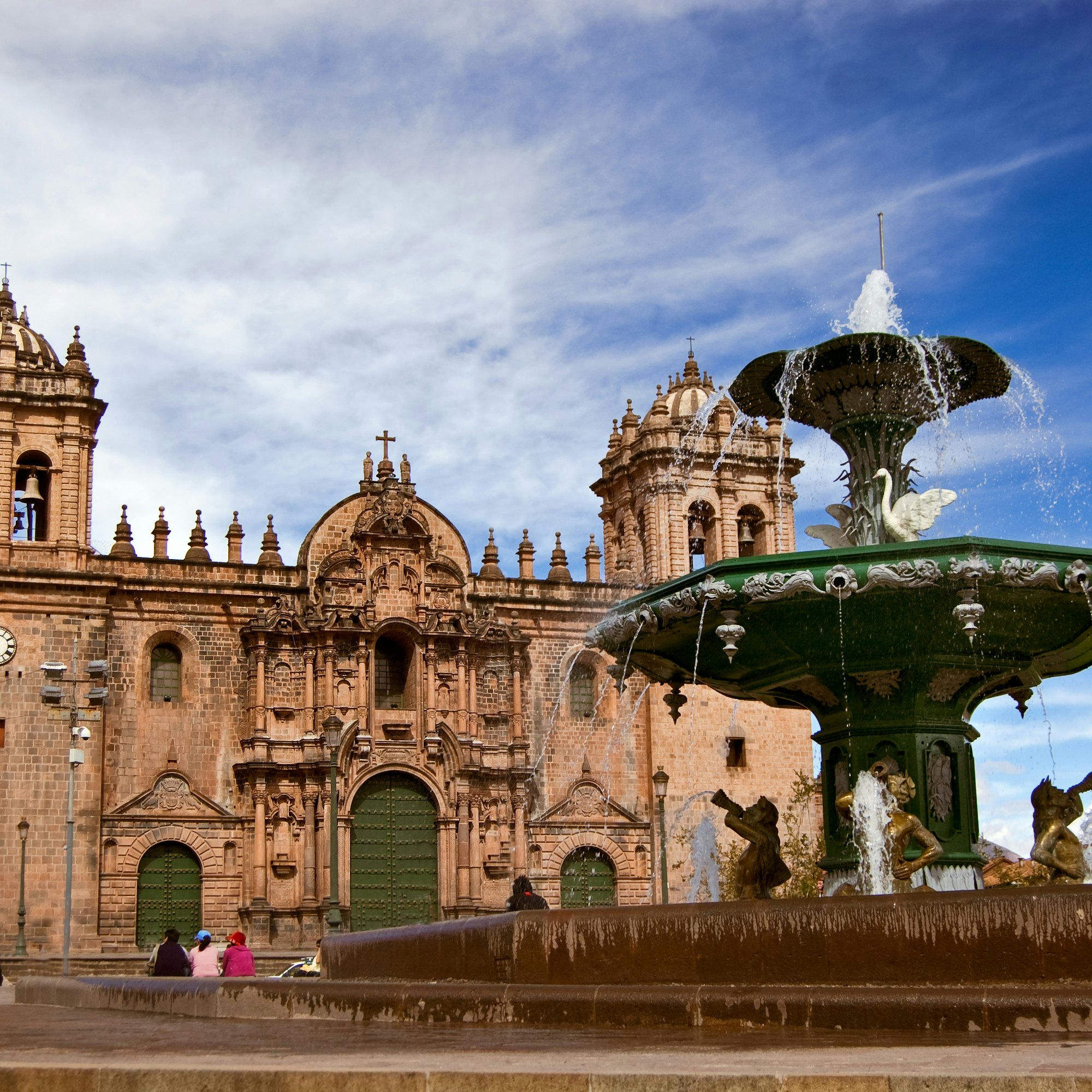

Getty Images/Flickr RF
Overview
Welcome to the navel of the world. The undisputed archaeological capital of the Americas, Cuzco is the continent’s oldest continuously inhabited city and the gateway to Machu Picchu. Cosmopolitan Cuzco (also Cusco, or Qosq’o in Quechua) thrives with a measure of contradiction. Ornate cathedrals squat over Inca temples, massage hawkers ply the narrow cobblestone passages, a rural Andean woman feeds bottled water to her pet llama while the finest boutiques sell pricey alpaca knits.
Leave the planning to a local expert
Experience the real Cuzco. Let a local expert handle the planning for you.
Must-see attractions
Get a book. Get inspired. Get exploring.
in partnership with getyourguide










